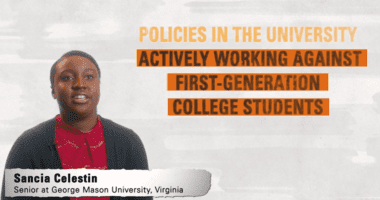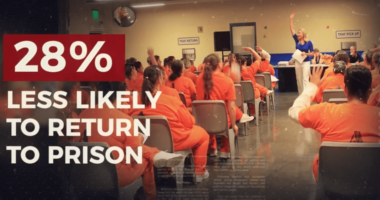Georgia State: Leading the Way in Student Success
Last week, PBS NewsHour profiled Georgia State University’s efforts to boost success among students of color, those from low-income families, and students who are the first in their families to attend college. Those efforts include early identification systems (which look for red flags that a student is at risk, like missing classes or failing exams, in an attempt to get students back on track before it’s too late) and Panther Retention Grants (small financial aid gifts that help cover any miscellaneous costs of college for financially needy students).
In the profile, Andrew Nichols, our director of higher education research and data analytics, also points to course redesign and summer bridge programs as some of the interventions that have helped Georgia State achieve its success.
Though these all might seem like small interventions, they can mean the difference for many students between pursuing a college education and no education at all. And it shows: Since 2002, overall graduation rates at Georgia State have increased by almost 20 percentage points. For underrepresented students, rates have increased by 23 percentage points.
Georgia State has been lauded by President Obama and featured in both of our higher education practice guides for its proactive and deliberate approach to improving outcomes for students, particularly for those most often underserved in higher education. Its story shows that policymakers and advocates alike can and should expect more from colleges and universities like Georgia State. What institutions do — in how and to whom they provide support — can make all the difference between whether or not students graduate, and it’s time these institutions — and their leaders — act like it.











